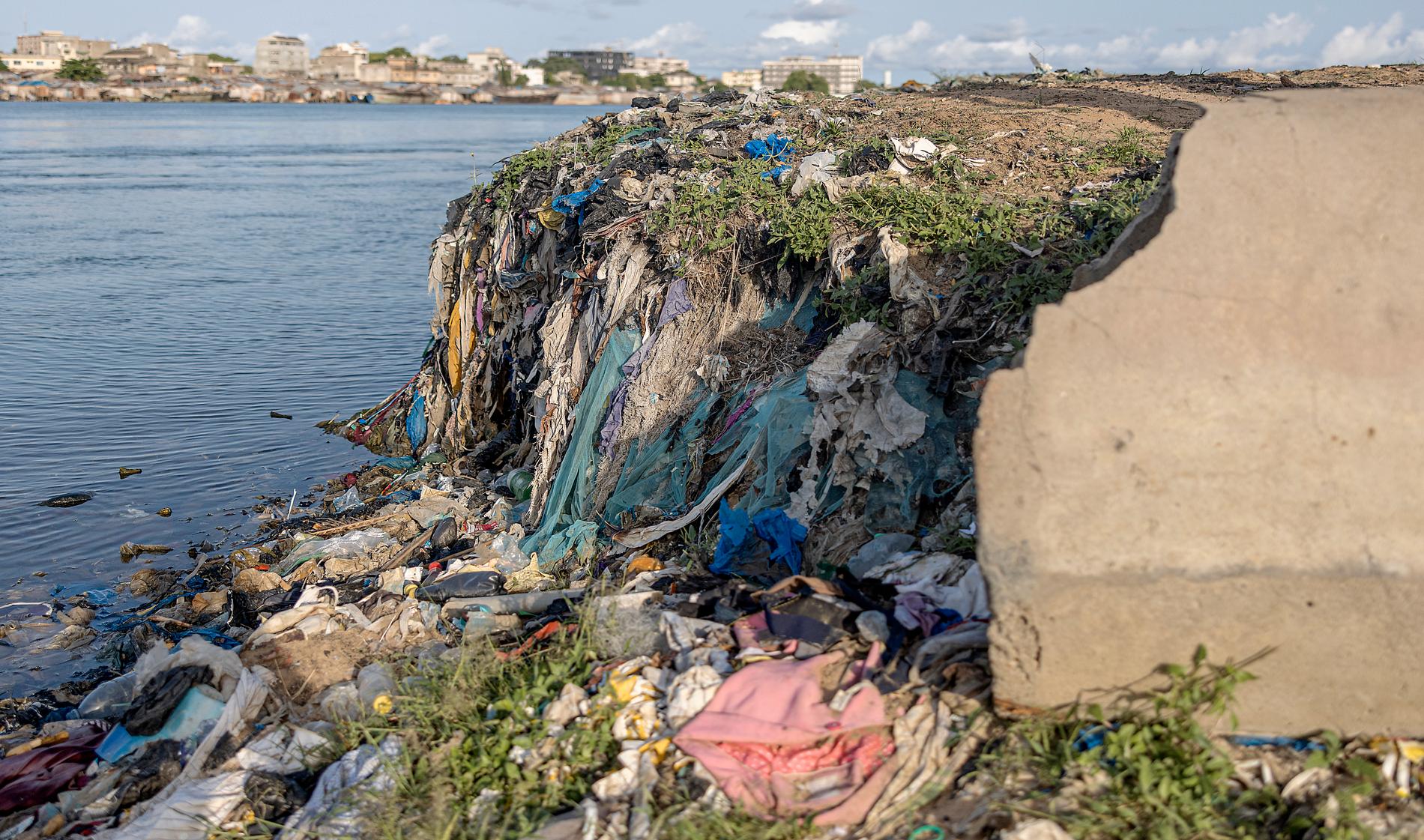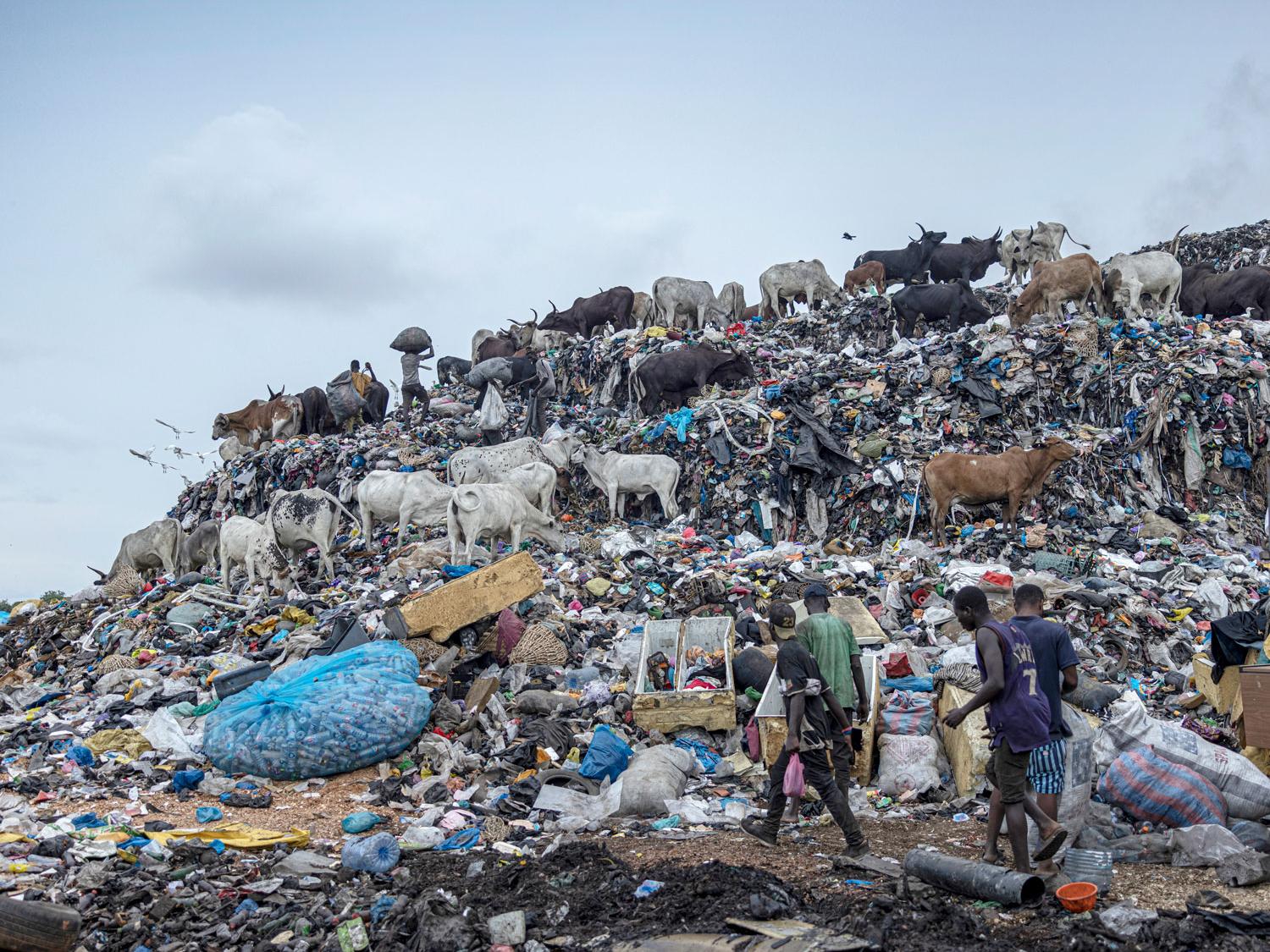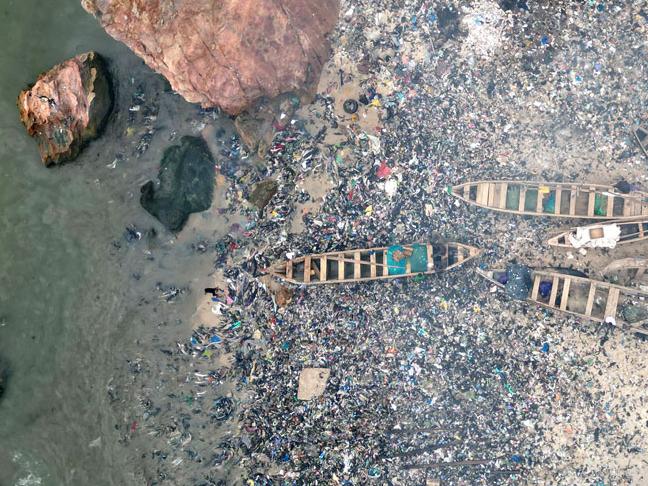Aftonbladet’s investigation into H&M’s recycling in 9 points
Publicerad 2023-06-13

Every year, H&M collects millions of second-hand garments from its customers.
By attaching Airtags to ten items of clothing, Aftonbladet has investigated how sustainable the collection is.
We can now reveal that clothes are sent across the globe, to places where textiles are being dumped and burned.
Here is Aftonbladet's investigation in brief.
1. Each one of the ten garments that were equipped with Airtags are whole and clean, without stains or damage. Still, none of them has remained in Sweden. All have been transported by truck over 1 000 kilometers just for the first sorting, at three facilities in Germany.
2. H&M promises that all clothes collected are being taken care of in an environmentally friendly and responsible way. Nevertheless, three of the garments will be shipped to third world countries with large and known problems with textile dumping and waste.
3. One of the garments ends up in Benin, an African country that receives huge amounts of used clothes and where a large part of the imports are dumped and burned directly. The importer who bought the garment admits that it might later be smuggled into Nigeria, undermining the restrictions the country has imposed to protect itself against second-hand clothing.
4. Another garment ends up in the city of Panipat in India. Here, too, the problems with textile waste are great. In addition, child labour in the textile industry is widespread.
5. Two of the garments are shipped to Romania, after a total road and sea transport of 3 730 kilometers.
6. Two of the garments are ground down to fibers, despite H&M's promise that clothes that can be worn again should be. One of these clothes, a grey sweater, was almost unused.
7. Together, the ten garments travel almost one and a half laps around the earth, using fossile fuel-dependent means of transport such as trucks and ships.
8. In Ghana in Africa, used clothes have created an unprecedented environmental disaster. H&M is one of the five most common garments that end up here.
9. By using customs data, we can reveal that H&M's three German sorting partners have shipped at least one million garments to Ghana since January 1 2023.
- In a written response, a spokesperon for H&M states: ”The H&M group is categorically against clothes becoming waste and it goes completely against our work to create a more circular fashion industry.”




